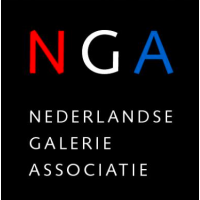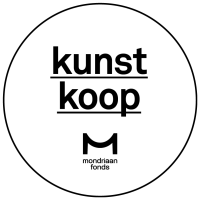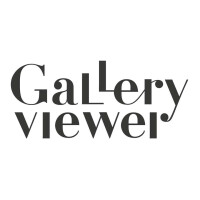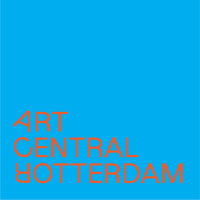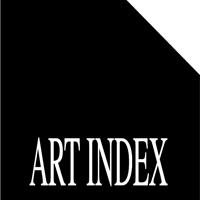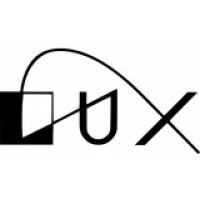Frank Taal Galerie opened its doors on Van Speykstraat in Rotterdam on October 16, 2010.
The Story
Frank Taal first studied Sociology at Erasmus University. He graduated as a Social and Organizational Psychologist in Leiden, but continued to live in Rotterdam. In 2001 he started his first "gallery": The Aanschouw. A display case of the old journalist café De Schouw on Witte de Withstraat, where the front page of the newspaper used to be hung. It became an art show with an opening of an exhibition every week, in which an artist shows work for a week, and can be seen 24/7. He made 547 exhibitions there. De Aanschouw has become a household name and there is still a "change" every week with work by a new artist. In 2010 he started with Leo de Bie Frank Taal Galerie.
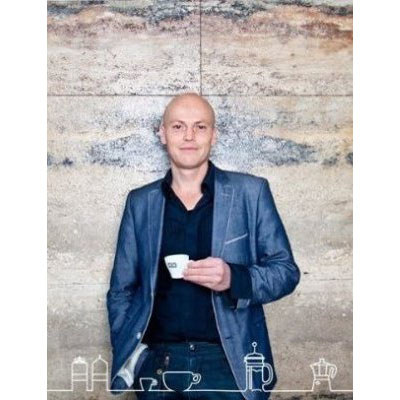
Frank Taal
Artistic Director
Frank Taal Galerie
Frank Taal Galerie is a contemporary Rotterdam art gallery with programming that disseminates its artists nationally and internationally from an inner-city setting. Openness and transparency in clear language are core values for the gallery. With a keen eye for artists with quality, great value to concept, strong images and great skill. Personal contact with and the passion of the artist are also important. Without exception, it is artists who stand in the world and expressively tell the story that must be heard and inspire new thoughts. And that can be raw and abrasive.
In every presentation, the emphasis is on the total approach of the exhibition. This can be in the perfect harmony or the combination of exciting opposites.
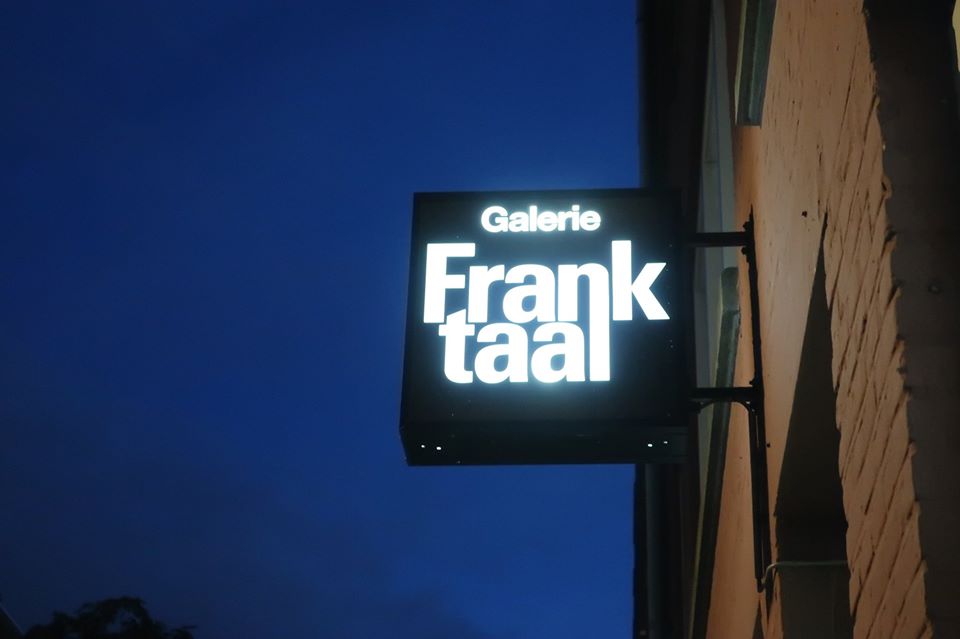
Frank Taal Galerie is part of Mondriaan Fund KunstKoopregeling.
With the KunstKoop program, individuals can purchase up-to-date contemporary art and design from more than 120 galleries across the Netherlands in monthly installments without having to pay interest. The aim of this service is to encourage private individuals to buy art and in this way to stimulate the Dutch art market in general. For more information, please visit KunstKoop website.
Gallery Frank Taal complies with the Gallery Fair Practice Code
The code
1. The gallery in question records in writing the relationship between the gallery and the artist, including agreements regarding the duration of the agreement, prices and any applicable discounts. Other matters that may be recorded in this document include: monitoring and evaluation of the agreements, both parties’ targets (e.g. regarding international visibility), the relationship with a second gallery, agreements regarding the settlement of any discounts, regarding commissions from third parties, or the settlement of other expenses such as for transport, photography, insurance or the construction of an exhibition. Model contracts are available on the Dutch Gallery Association (NGA) website.
2. The artist remains the owner of their work until the full amount is paid to the gallery, with the exception of secondary trading. This also applies in the case of gallery bankruptcy or attachment.
3. The gallery shall transfer the full artist’s share of the sales price agreed with the customer within 60 days following the sale of the artist’s work, and provide the artist with the buyer’s name and contact details, and a copy of the invoice.
4. Unsold artworks in the charge of the gallery must always be returned to the artist within a month, if requested by the artist.
5. The relationship between galleries may involve competition and rivalry, but in the case of different galleries representing the same artist, the galleries should in all respects remain loyal to the interests of the artist in question. If a gallery exclusively represents an artist, thereby acting as their ‘mother gallery’, and another gallery would like to organise an exhibition with this artist, the involved parties should make written agreements regarding the conditions under which the exhibition can be held (see appendix for a Dutch Gallery Association (NGA) model contract).
6. The gallery is expected to be professional and competent, and to maintain this professionalism and competence.
7. The gallery vouches for the authenticity of the work that they are selling.* In the case that a work is adjudged to be fake by a recognised independent party, the customer may return the work to the gallery owner and have the amount paid for the work refunded.
8. A gallery states the following on their website: their objectives, programme, working method and the artists that they represent.
9. A gallery is expected to act in accordance with the Fair Practice Code (fairpracticecode.nl), which includes an assurance against inappropriate behaviour at the gallery and elsewhere.
*If desired, certificates of authenticity can be requested from the Dutch Gallery Association (NGA)
